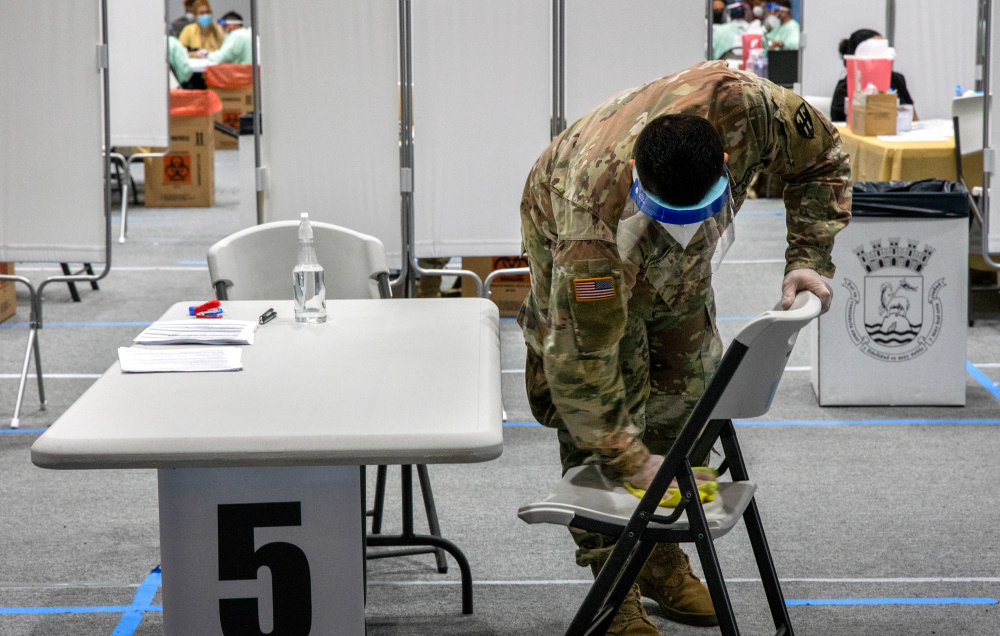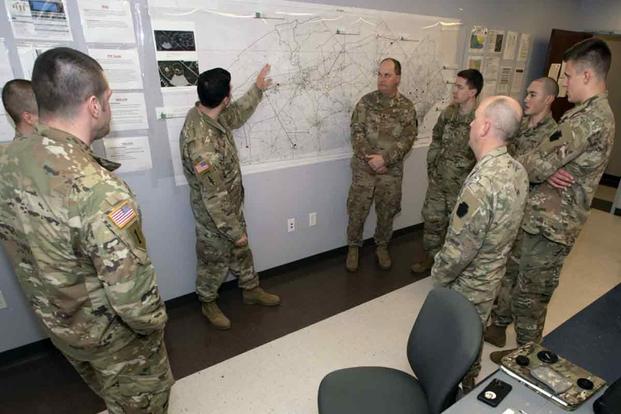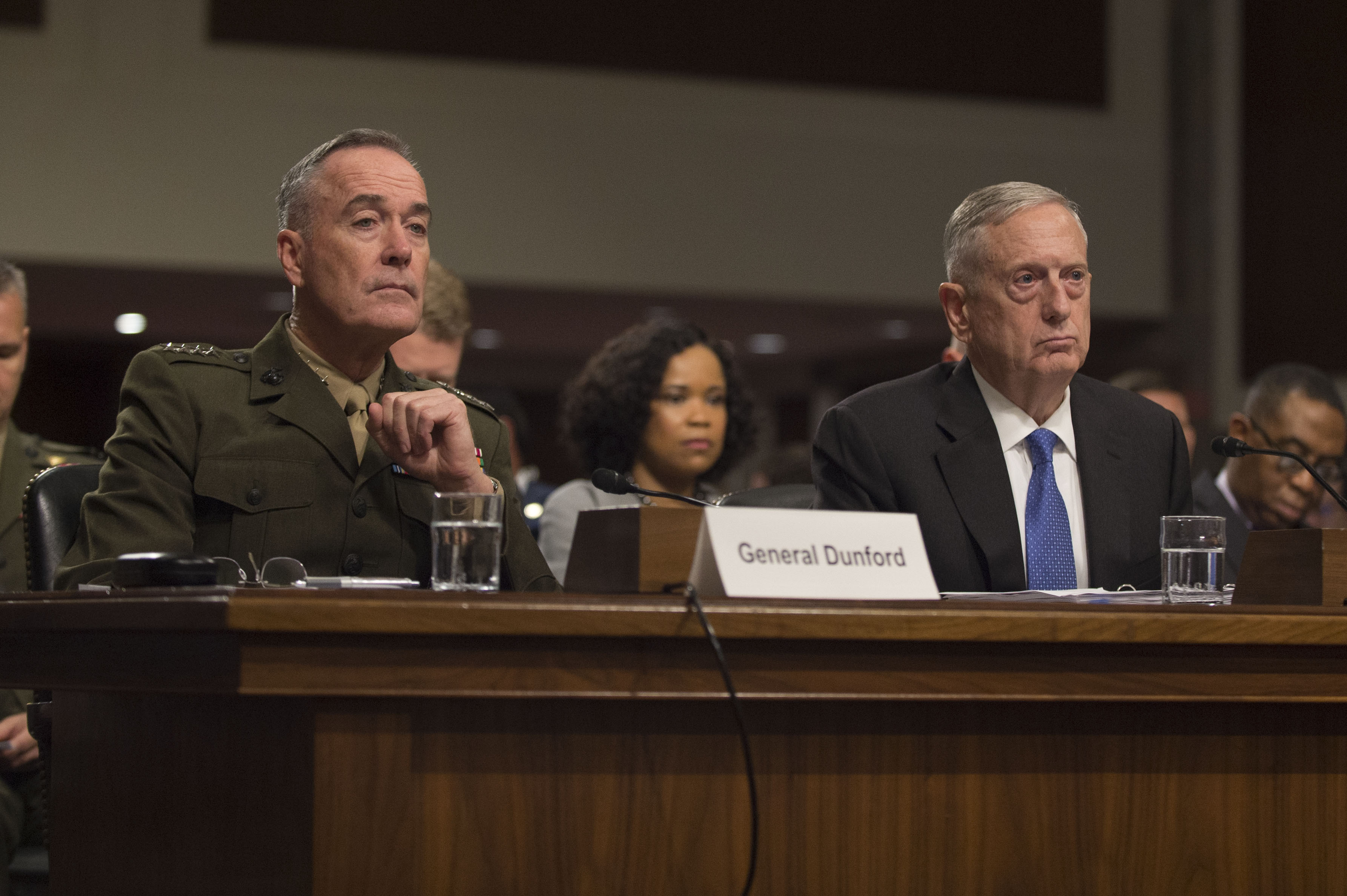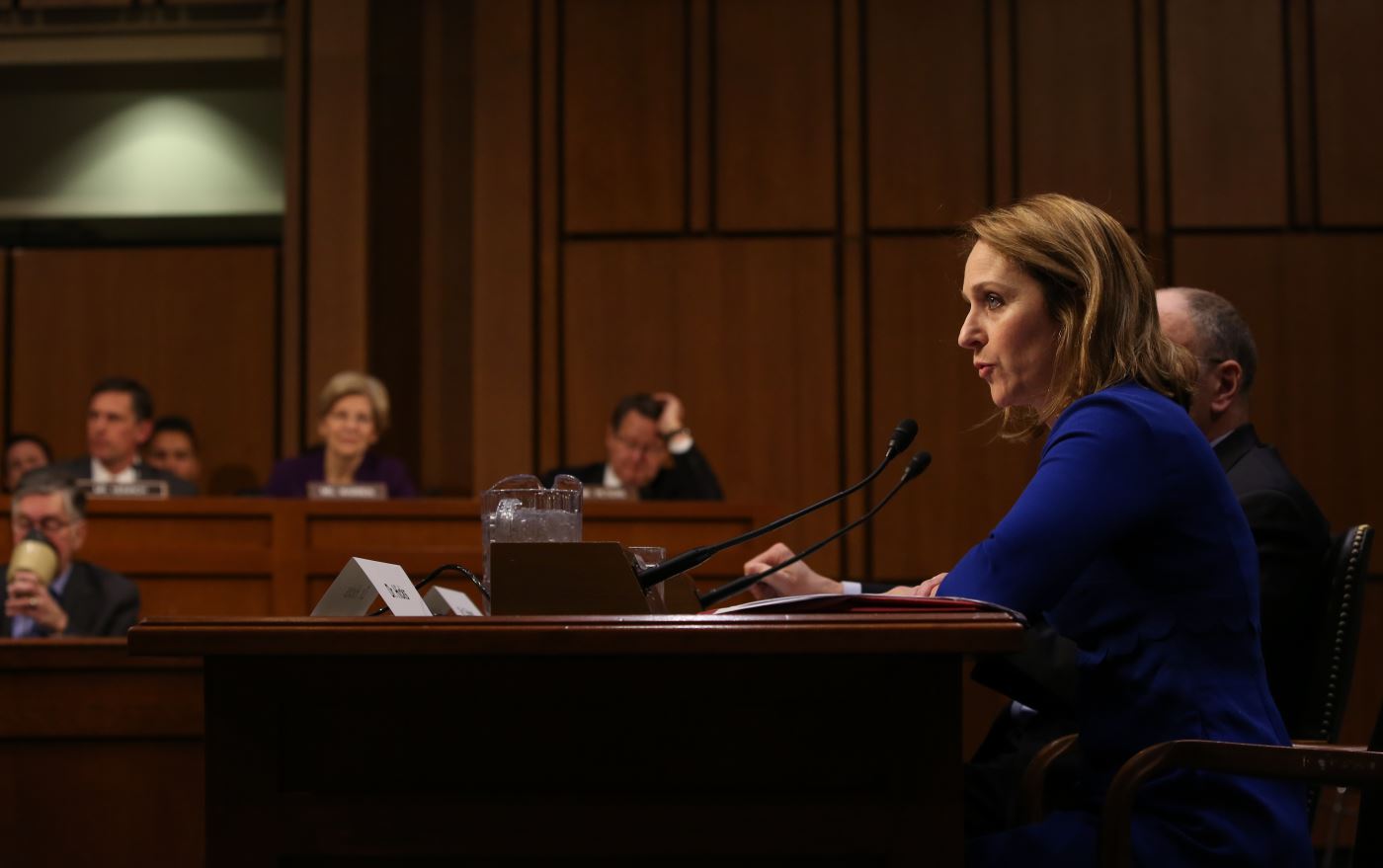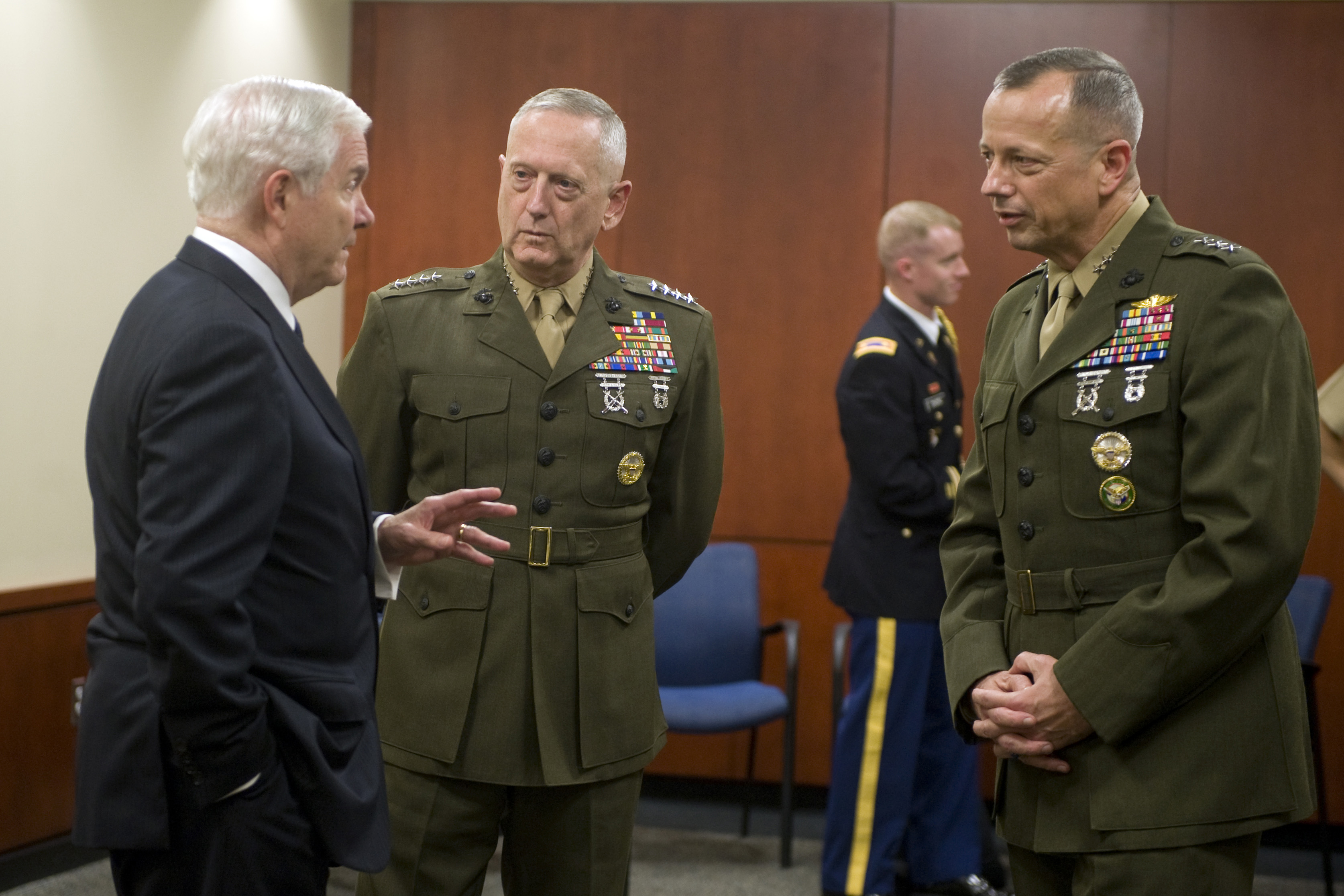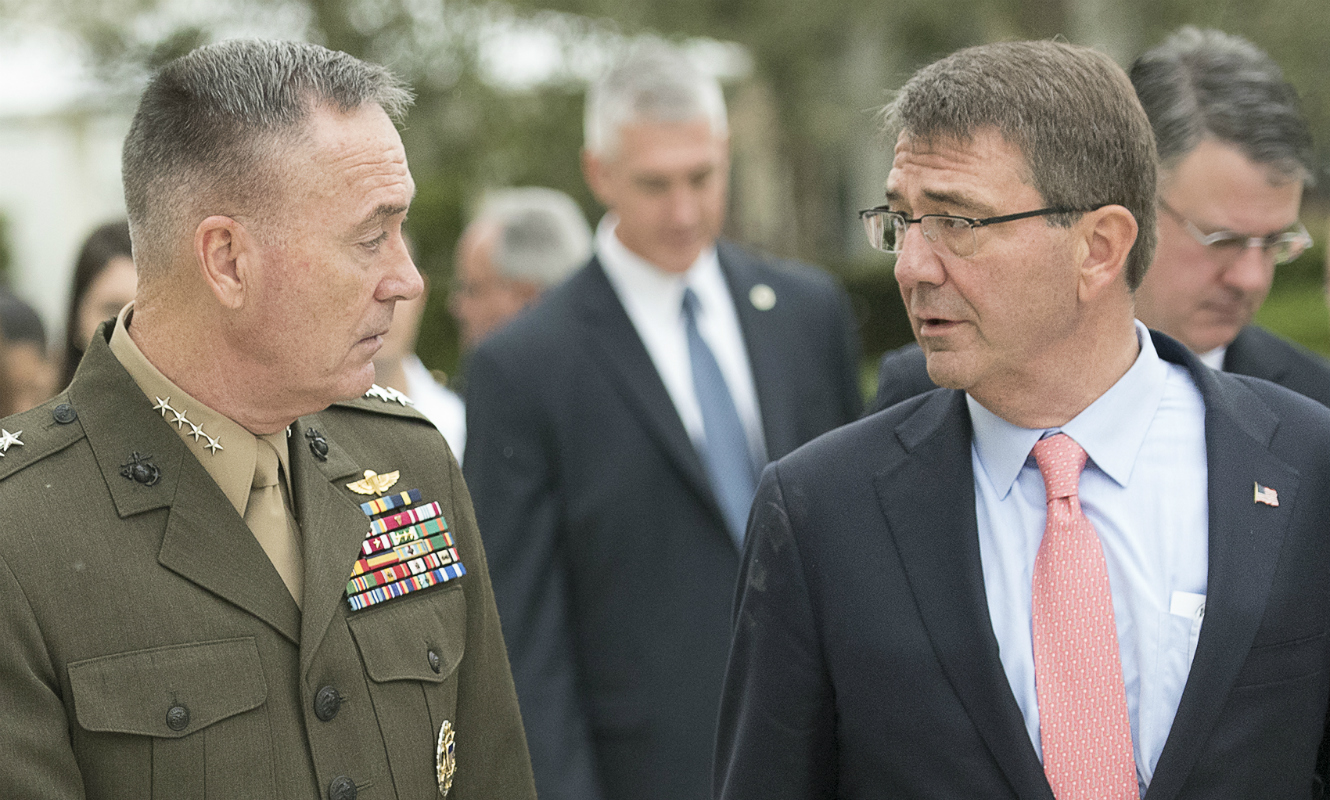Covid-19 and the Military: Maintaining Operations While Supporting Civil Society
The response to Covid-19 presents the Biden administration with its first defining challenge. DoD has played a central role in the response thus far, and the new administration has made clear that DoD will continue to play an important, though supporting, role.

